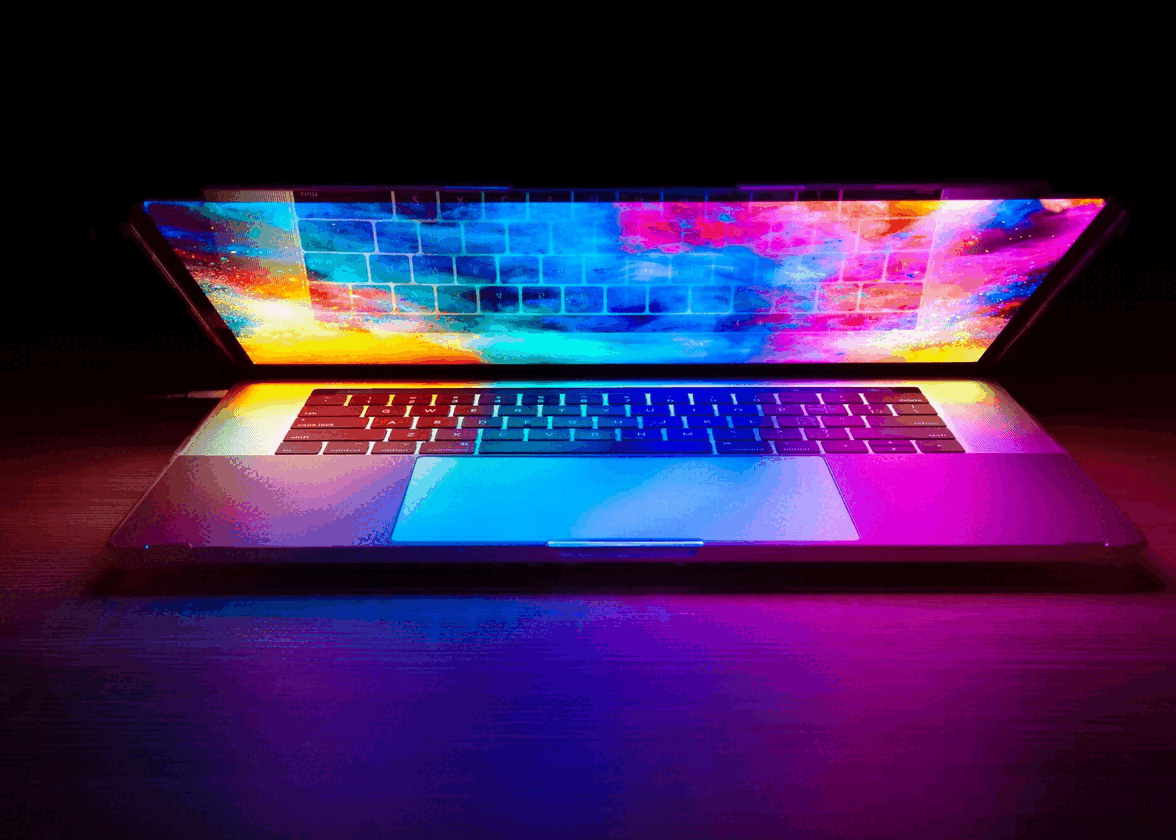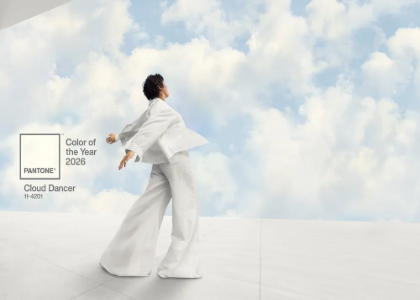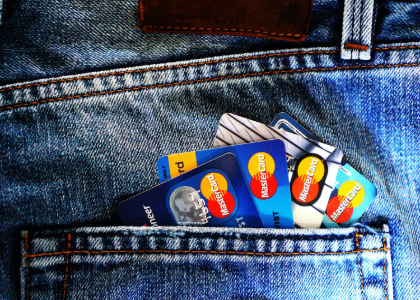Blog

What Are the Color Codes?
Has anyone ever asked you what the HEX or RGB code is for your brand colors? When creating your logo, you have to choose the perfect colors to represent what you have in mind. These colors have a very specific code. Let's take a closer look at the different color code systems used on the web and what they mean.
The different color codes
As you'd expect, there are various color-coding systems on the web. These codes are used to identify a specific hue. Regardless of the location used, the code will always represent the same color.
Among the most popular codes are RBG, HEX, CMYK and PMS.
RGB codes
RGB codes come from the first letter of red, green and blue. You probably know that red, yellow and blue are the three primary colors, the three basic colors in art. On the web, yellow is replaced by green. In fact, these three colors are used by all electronic devices to manage hues, whether on your old TV set or your latest-generation telephone.
An RGB code is simply the quantity of red, green and blue used to create that hue. The quantity varies between 0 and 255. If the levels of red, green and blue are all 255, you'll get white. On the other hand, if the quantity of all three colors is 0, you'll get black.
RGB color code example: 61,177,255
HEX codes
HEX codes, also known as hexadecimal, are another color code widely used on the web. Unlike RGB, these can be composed of numbers and letters, but the basis remains the calculation of red, green and blue in a hue. The first two values represent the amount of red, the next two are associated with green and the last two are for blue.
We could explain how to get to a number or a letter, but it's rather complicated. Let's keep in mind that white is represented by the code #FFFFFF and black #000000.
HEX color code example: #3DB1FF
CMYK codes
CMYK codes come from the first letters of cyan, magenta, yellow and the last letter of black. This system is more widely used in printing. Unlike what we've just seen, here it's not red, green and blue that are used to create hues, but cyan, magenta, yellow and black. The basic colors are represented by their position in the code.
Here, the maximum quantity cannot exceed 100%. So, if you want black, you'll need to use 100,100,100,100, while white is represented by 0,0,0,0.
CMYK color code example: 76,31,0,0
Pantone codes
We've talked about Pantone in the past on our blog. Every year, Pantone designates a color of the year. This color is specially chosen to represent design trends, but also the realities and challenges associated with the period.
Pantone Matching System or PMS codes are used by both printers and designers to ensure that hues are identical, whether on the web or in print. The system was originally created to standardize the use of colors. More than 1,000 colors are available on the Pantone Matching System, each with its own name and code.
Example of PMS color code: 298 C
Why should you know your logo color codes?
Now that we've seen what the main color codes are, why is it essential to know what codes your brand uses? It's important because you want to use the same shades everywhere. First, so that you can reuse the same logo on different media. Second, to create an association of that exact color with your company. The codes are there to ensure brand uniformity.
Take the Starbucks logo as an example. A very specific green is used for the company's image and products all over the world. It wouldn't have the same impact if one restaurant used a more turquoise green, while another used a lighter green. Uniformity is the key!
How to find the color codes for your logo
If you've created your logo with FreeLogoDesign, you can find the list of colors used to the right in the logo maker. Also, depending on the package you choose, you can download the brand guide for your logo. This will include information about your brand, including the colors and codes used.
If you haven't created your logo with FreeLogoDesign, don't panic. There are many online tools that can help you find a color code. All you have to do is import an image, and their system will list the colors present and their codes. Of course, there may be a small margin of error, as there are thousands of different shades.
In conclusion, we hope that you now understand a little more about the different color-coding systems. Fortunately, there are converters available that can help you switch between HEX and PMS codes as required. Once you've created your logo and chosen your colors, don't forget to note the different codes used to make sure you always use the same shades. Make sure you know the meaning of each color before making your choice.
More tips and tricks on the blog


